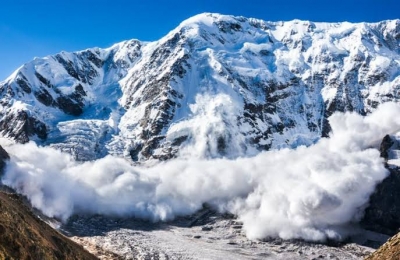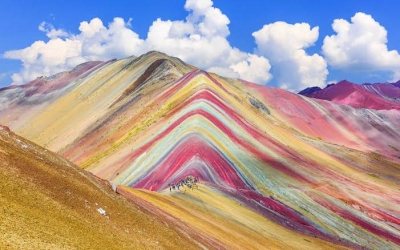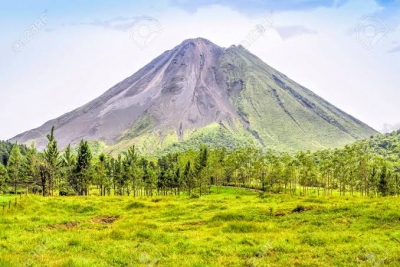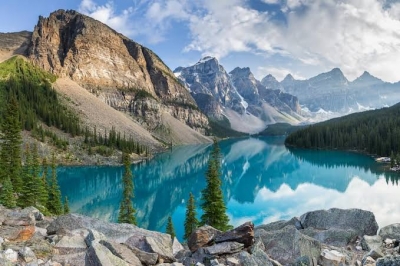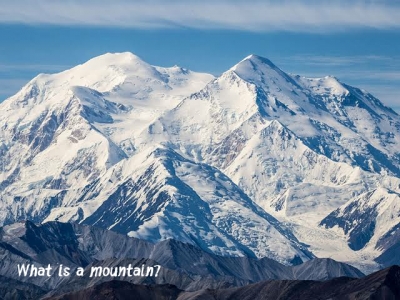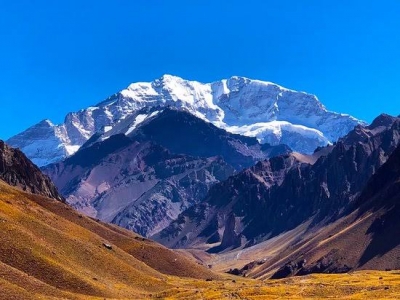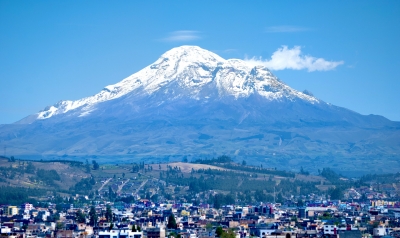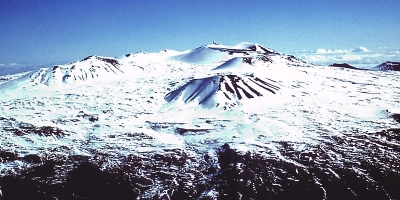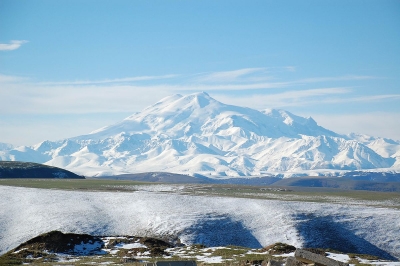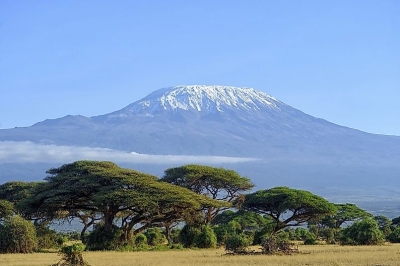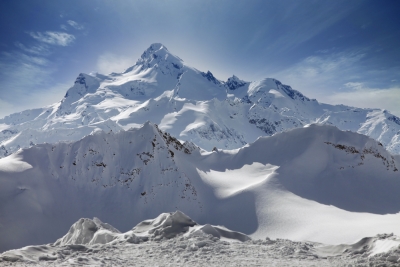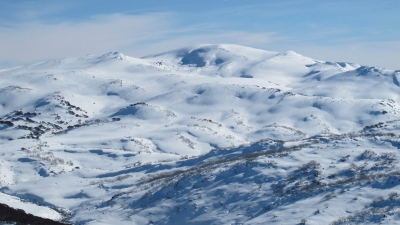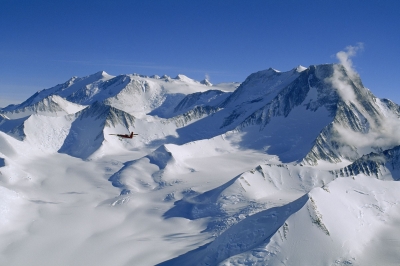What are the different parts of a mountain?
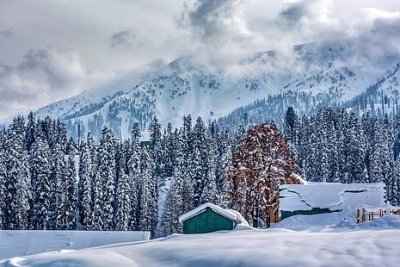
You may have observed that as we go up a mountain, the terrain changes. The lower slopes are milder and warmer with plenty of greenery. Higher up, we may start seeing evergreen trees like pine or deodar. If we travel even further up, there is a good chance we would see snow.
Based on this difference in terrain, a mountain may be divided into three regions, the lower slopes, the timber line and the snow line. The lower slopes are found at the base of a mountain. Here the slope is more gradual and the climate is warmer. The timber line is the upper limit of the tree-growing area of a mountain. Above this line trees will not grow. The height of the timberline varies from mountain to mountain. The timberline is lower in temperate climates and higher in tropical ones.
Nearer to the top of the mountain, we come to the snow line. Above this line the mountain is always covered in snow. The snowline in tropical countries is much higher than that in temperate countries or Polar Regions. In tropical countries it can be 20,000 feet over sea-level while in the Arctic region the snow line continues to the sea.
Picture Credit : Google
